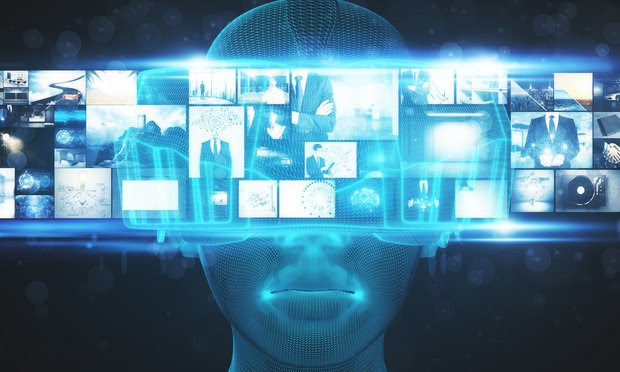Welcome back to What’s Next, where we report on the intersection of law and technology. Today, we talk with Stanford’s Riana Pfefferkorn about deepfakes and why lawyers need to care about this alarming issue. Also, autonomous vehicles could affect our zoning laws (think fewer parking garages). More on that random legal aspect, and more, below.

If you follow technology, it’s likely you’re in a panic over deepfakes—altered videos that employ artificial intelligence and are nearly impossible to detect. Or else you’re over it already. For lawyers, a better course may lie somewhere in between. We asked Riana Pfefferkorn, associate director of surveillance and cybersecurity at Stanford Law School’s Center for Internet and Society, to explain (sans the alarmist rhetoric) why deepfakes should probably be on your radar.








